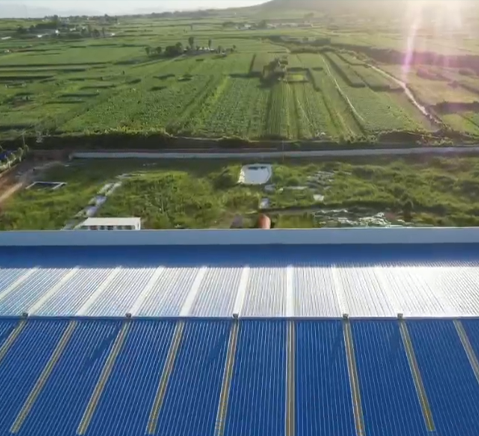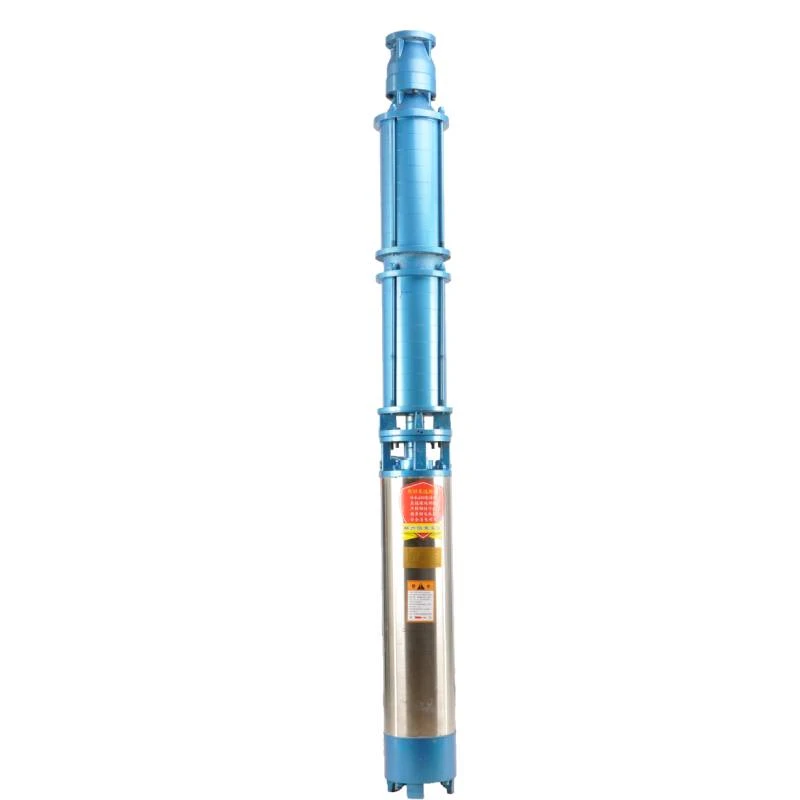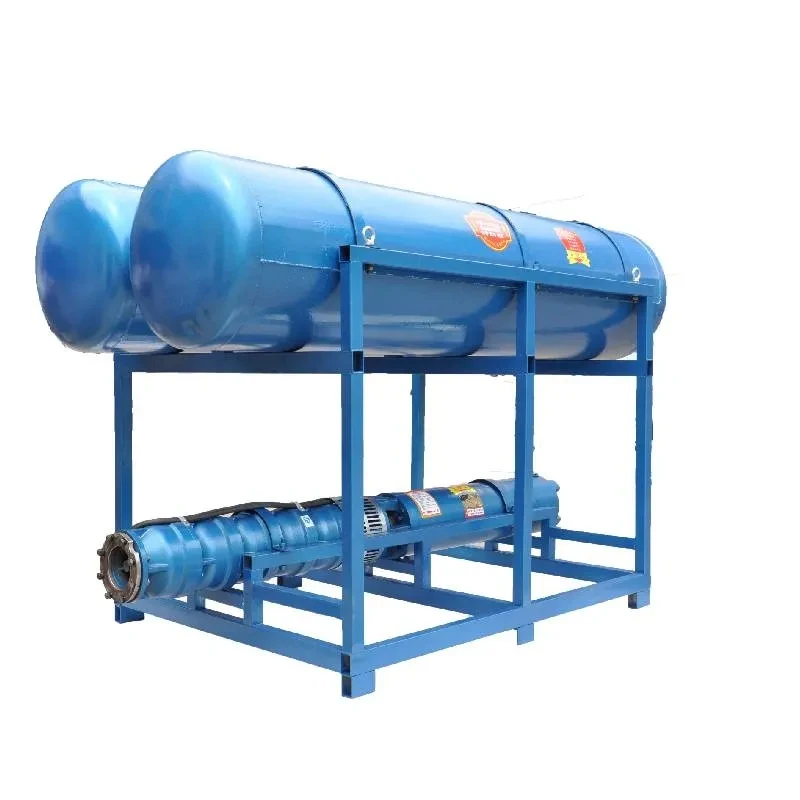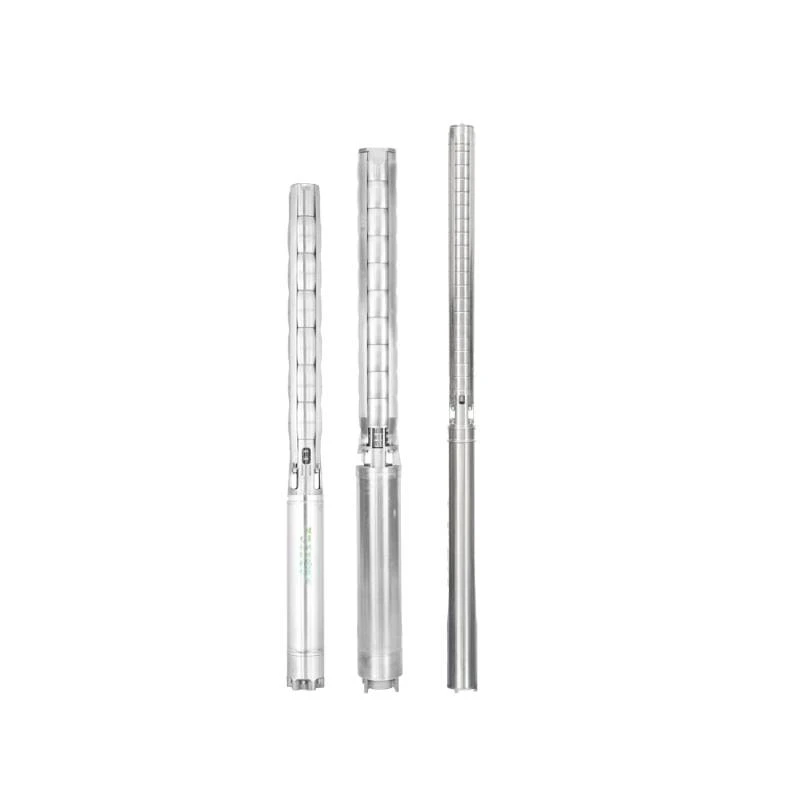Des . 03, 2024 20:24 Back to list
Understanding the Power Consumption of Deep Well Pumps for Efficient Water Extraction
Understanding Deep Well Pump Wattage Key Considerations for Efficiency and Performance
When it comes to extracting water from deep underground sources, deep well pumps play a crucial role. These devices are designed to lift water from significant depths and are commonly used in agricultural, residential, and municipal applications. An essential aspect of selecting and operating a deep well pump is understanding its wattage. In this article, we will explore the relationship between deep well pump wattage, energy efficiency, performance, and the factors that influence power consumption.
What is Wattage?
Wattage refers to the rate of energy consumption by an electrical device and is measured in watts (W). For deep well pumps, wattage indicates how much electrical power the pump uses to function. This measurement is critical because it directly impacts operating costs, energy efficiency, and the overall performance of the pump.
Why Wattage Matters
The wattage of a deep well pump affects various aspects of its operation. First and foremost, it helps determine the initial cost of operation. Higher wattage pumps consume more electricity, leading to increased utility bills. On the other hand, a pump with lower wattage may save costs but could compromise performance, especially in applications requiring significant water output.
Moreover, the wattage rating can give insights into the pump's capabilities. Most deep well pumps are designed to handle specific flow rates and delivery heads, and these specifications rely heavily on the wattage. Selecting the right wattage is crucial to ensure that the pump can adequately meet the required water output without running too hard or inefficiently.
Factors Influencing Deep Well Pump Wattage
1. Pump Size and Design The size of the pump, including its motor and impeller design, significantly influences wattage. Larger pumps or those designed for higher flow rates naturally require more power. It's essential to match the pump size with the application's demands to avoid over-sizing, which can lead to unnecessary energy consumption.
2. Depth of the Well The depth of the well plays an essential role in determining the pump's wattage. As the depth increases, the pump must work harder to lift water to the surface. This increased load translates to higher wattage requirements, making it crucial to consider well depth when selecting or installing a pump.
deep well pump wattage

3. Pump Type Different types of deep well pumps have varying efficiencies. Submersible pumps, for instance, are generally more efficient than vertical turbine pumps when pumping water from deeper sources. Understanding the type of pump suited to your specific needs is crucial in managing wattage and optimizing performance.
4. Operating Conditions The conditions under which a pump operates can also influence wattage. Factors such as water temperature, viscosity, and the presence of particulates can affect how efficiently a pump can operate. For example, warmer water is less viscous, which may reduce the energy needed to pump it, while colder water can increase resistance and energy consumption.
5. Pump Maintenance Regular maintenance is vital to ensure that a deep well pump operates at its optimal wattage. Over time, wear and tear can lead to inefficiencies, such as clogged impellers or failing seals, resulting in increased power consumption. Routine inspections and maintenance can help mitigate these issues, prolonging the pump's lifespan and maintaining energy efficiency.
Calculating Wattage Needs
To estimate the wattage needs accurately, you can use the following formula
\[ \text{Wattage} = \frac{\text{Flow Rate (GPM)} \times \text{Total Dynamic Head (TDH)}}{3960 \times \text{Pump Efficiency}} \]
In this formula, flow rate is measured in gallons per minute (GPM) and total dynamic head in feet. Understanding these variables is essential for selecting a pump that not only meets your requirements but also operates efficiently.
Conclusion
Deep well pump wattage is a fundamental factor that influences both the operating cost and performance of water extraction systems. By considering pump size, well depth, type, operating conditions, and maintenance, users can make informed decisions that enhance efficiency and performance. Ultimately, understanding and optimizing wattage can lead to significant energy savings and improved water access, making it an essential aspect of managing deep well pumps effectively. Investing time in understanding wattage will pay off in the long run, ensuring a reliable and sustainable water supply for various applications.
-
Troubleshooting for Water-Filled Submersible Pumps
NewsJun.04,2025
-
Troubleshooting for Floating Deep Well Submersible Pumps
NewsJun.04,2025
-
How to Choose SS Submersible Pump for Deep Well Applications
NewsJun.04,2025
-
Floating Deep Well Submersible Pump Cost: Factors Affecting Pricing
NewsJun.04,2025
-
Buying Guide for Deep Well Submersible Pumps
NewsJun.04,2025
-
Best Submersible Pumps for Agriculture and Irrigation
NewsJun.04,2025
-
 Troubleshooting for Water-Filled Submersible PumpsSubmersible pumps are essential for various applications, including irrigation, drainage, and water supply systems.Detail
Troubleshooting for Water-Filled Submersible PumpsSubmersible pumps are essential for various applications, including irrigation, drainage, and water supply systems.Detail -
 Troubleshooting for Floating Deep Well Submersible PumpsWhen it comes to reliable water extraction solutions, the floating deep well submersible pumps stands out as a top choice for both residential and industrial applications.Detail
Troubleshooting for Floating Deep Well Submersible PumpsWhen it comes to reliable water extraction solutions, the floating deep well submersible pumps stands out as a top choice for both residential and industrial applications.Detail -
 How to Choose SS Submersible Pump for Deep Well ApplicationsWhen it comes to deep well water extraction, selecting the right pump is crucial for efficiency, durability, and long-term performance.Detail
How to Choose SS Submersible Pump for Deep Well ApplicationsWhen it comes to deep well water extraction, selecting the right pump is crucial for efficiency, durability, and long-term performance.Detail
